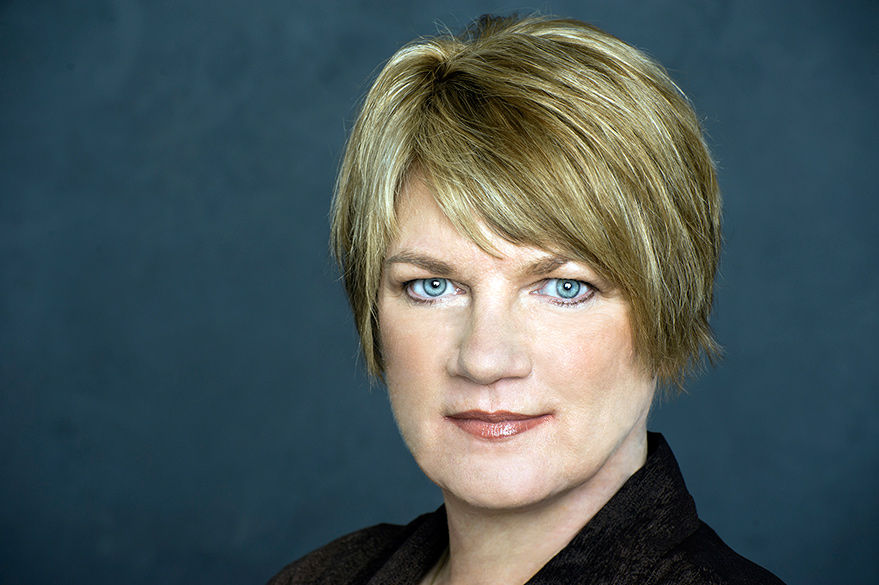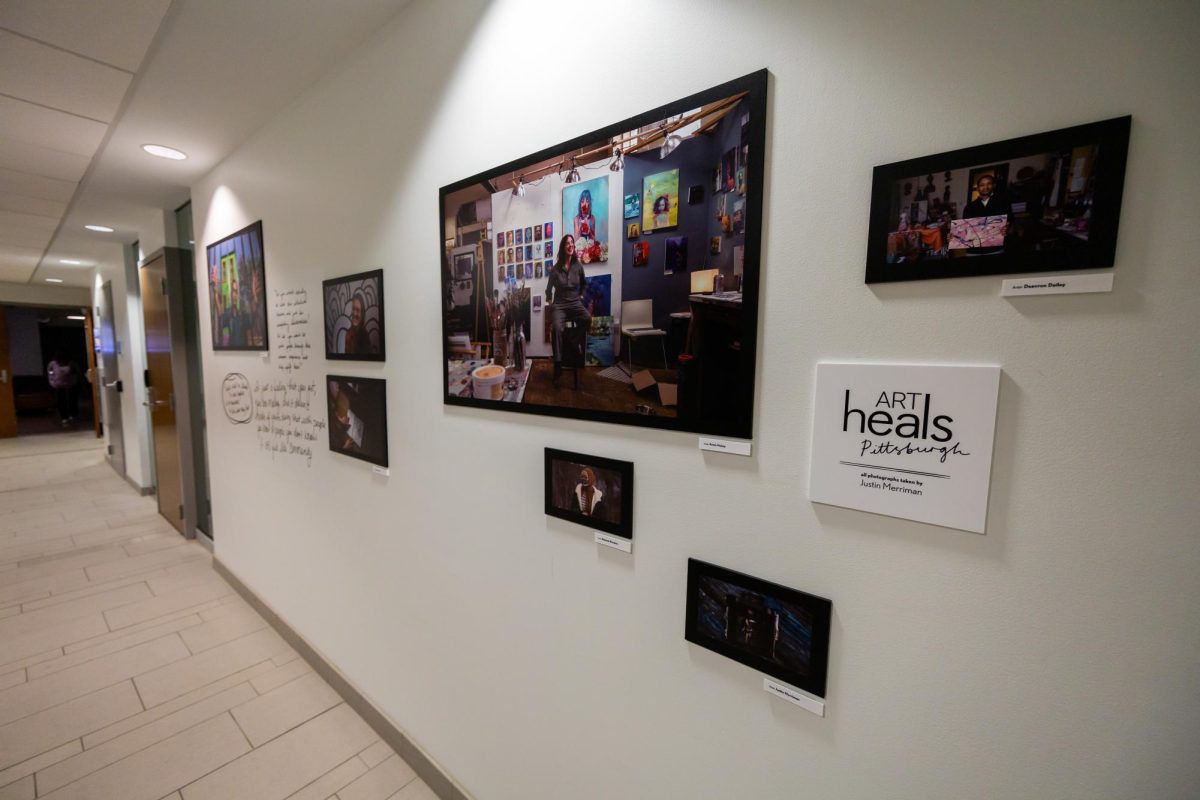Employment Guide: Pitt’s creative writing director talks Hollywood adaptations
September 12, 2014
The NFL has taken some considerable heat lately for issues off the field. But, when the adaptation of Jeanne Marie Laskas’ article “Game Brain” hits theaters, the conversation might shift back to effects of what happens on the field.
“Game Brain” brought Bennet Omalu, a Pittsburgh pathologist, and his studies on concussion-related deaths and suicides in the NFL to the forefront. His breakthrough came during an autopsy on Mike Webster, a former lineman for the Steelers with four Super Bowl rings. In short, Omalu discovered a new disease known as CTE, chronic traumatic encephalopathy, in Webster’s brain. He presented his findings to the NFL, which the league declared ridiculous and inconceivable.
Laskas’ profile, which featured in GQ, is currently being adapted into a feature film with Will Smith attached to star as Omalu. It will be written and directed by Peter Landesman, with Ridley Scott set to produce.
Laskas, the director of Pitt’s creative writing program, is a renowned author of six books and several magazine articles. Her features have been included in numerous anthologies, including “Best American Magazine Writing” and “Best American Sportswriting.”
The Pitt News talked to Laskas over the phone about her involvement in the film, expanding upon reported news and speculating why the NFL resisted Omalu’s research. Here’s a portion of her edited interview.
TPN: Before you began your research, did you have any expectations?
Laskas: There had been quite a lot of reporting on concussions and football players that had been really well-recorded by The New York Times. Alan Schwarz had really covered it so well that our idea to do a magazine piece was to sort of take the news, but go a bit deeper and turn it into a feature. So we weren’t expecting to break any news — that wasn’t our objective. Our objective was to sort of personalize what it was like for some of these players and that of their families who had died, like Mike Webster. But in the reporting, what really stood out was the fact that this guy Bennet Omalu was hardly ever mentioned. I got really curious about why this guy, [who] apparently had discovered this disease, had just fallen off the map.
TPN: What is your involvement in the filmmaking process?
Laskas: I think it’s a pretty typical set-up when you have a book or a magazine article optioned to be made into a movie. Usually, the author is made into some kind of consultant, and you can be as involved or uninvolved as much as the director or producer want. I kind of stay away because I honor that it’s their vision now, but I’m available for consultation and to read the script if they like — to offer my opinions for further insight, to provide my research.
TPN: You talked about how the original article ignores Omalu’s discovery of CTE. Why do you think this was overlooked in the research?
Laskas: It’s a pretty systematic effort by the NFL from the beginning to kind of take charge of the narrative of what was going on in the brains of the football players. And, with traumatic brain injuries, that systematic effort started with their committee they set up long ago, which I detail in the article and [is] what the movie will be about, too. They were writing articles in medical journals, and especially Neurosurgery, where they state certain sets of research. Omalu comes in out of nowhere. He was not part of their team or anyone else’s team. He was a pathologist in Pittsburgh that got Mike Webster’s body and comes up with the finding, and this committee just said he was wrong and weird. They said this many times, so it wasn’t pretty. It wasn’t subtle.
TPN: Did the NFL do this for financial reasons, or because they didn’t want to deal with the repercussions?
Laskas: I think it’s hard to know for sure. I mean, there’s a class action lawsuit now with 3,000 former NFL players, and this is the question. What did the NFL know, and when did they know it? That served as the basis for this lawsuit. So you can have a theory, you can begin and wonder and vacillate between a generous response than a more cynical one. My generous response is they just didn’t want it to be true. They didn’t have time for this nonsense. They just wanted to continue to play football like kids on the street. Until, finally, it became undeniable — in the couple years with Junior Seau’s suicide and Dave Duerson’s suicide. [Duerson] killed himself by shooting himself in the stomach, leaving a note saying, “please examine my brain.”
TPN: Has your work in Hollywood interfered with your school work?
Laskas: That kind of stuff is negotiated. Any faculty member working on a major research project has to figure out how to manage the workload. So maybe you’re teaching more classes one term and fewer the next term, depending on a giant project like this landing on your lap. We had to do a little tap dancing to give ourselves a little wiggle room. You’re essentially trying to time it to match with your sabbatical. The real world doesn’t always fit that pattern.








